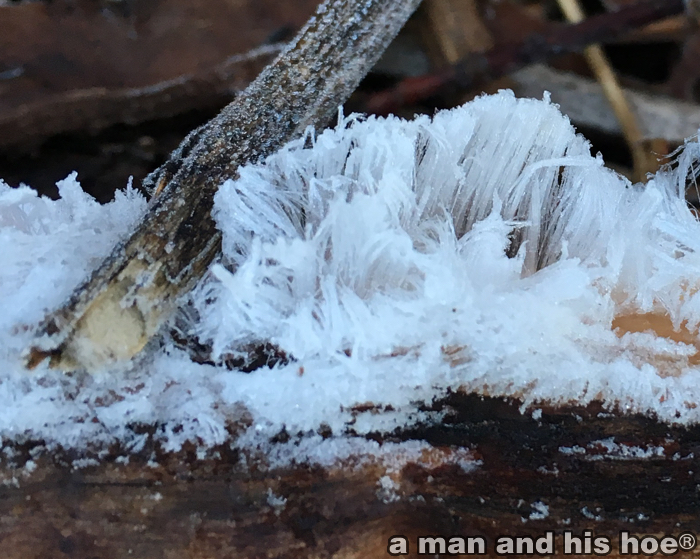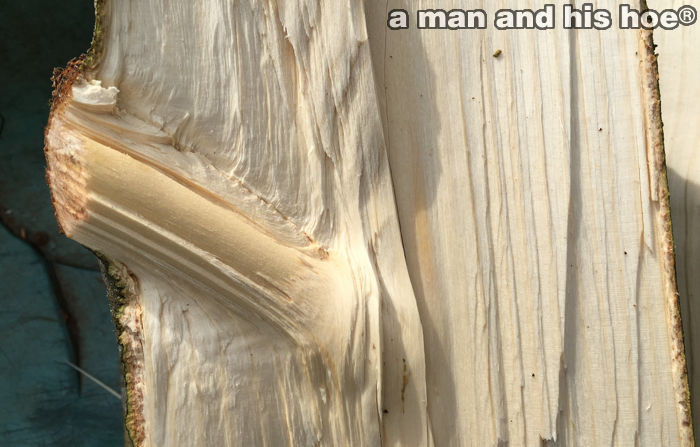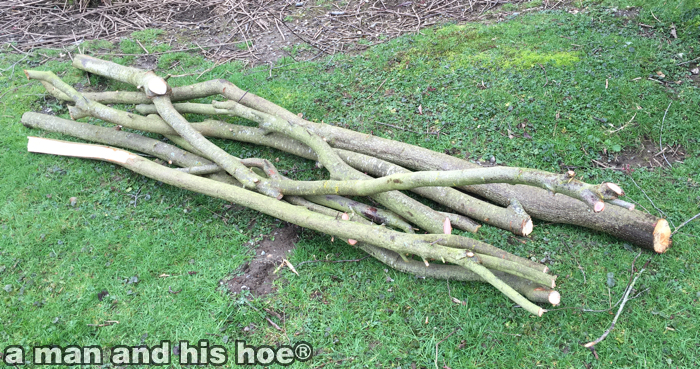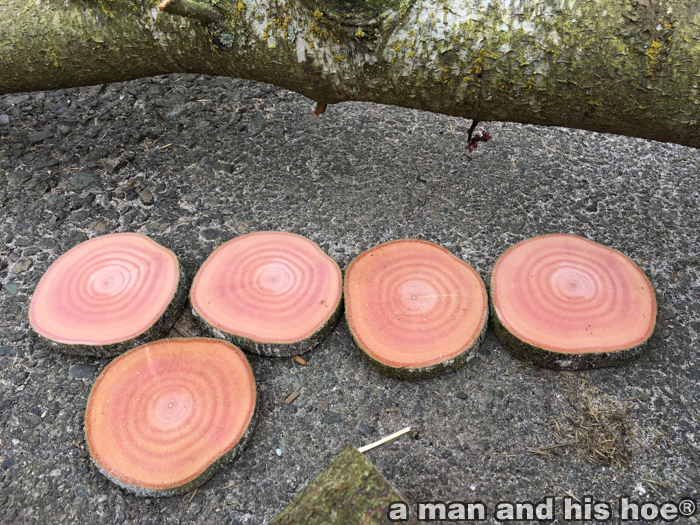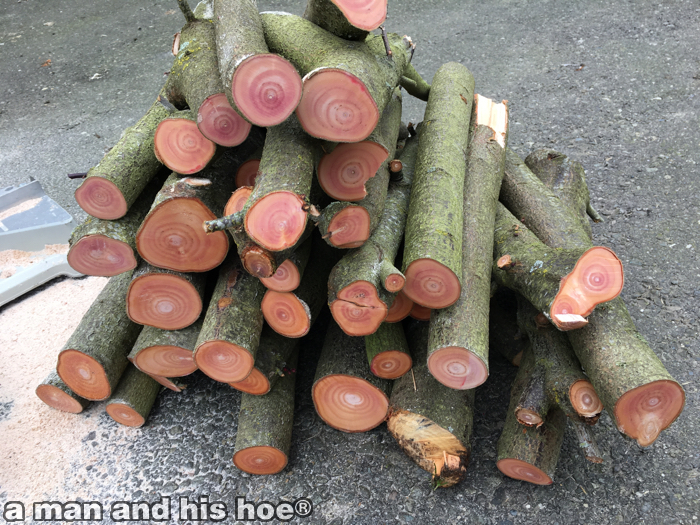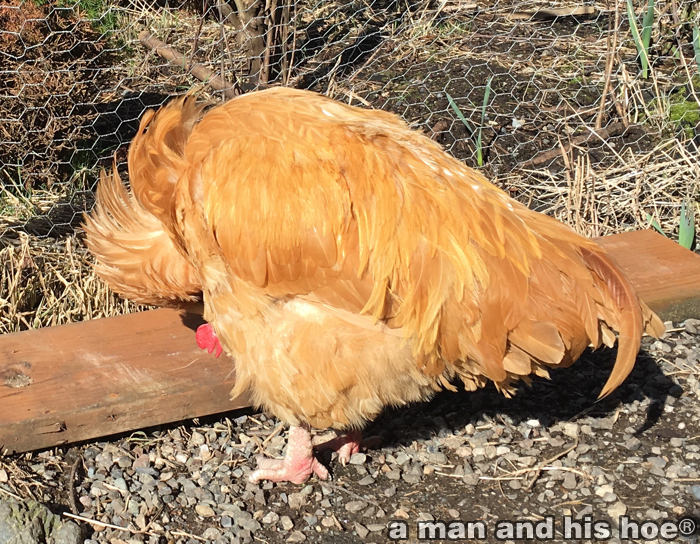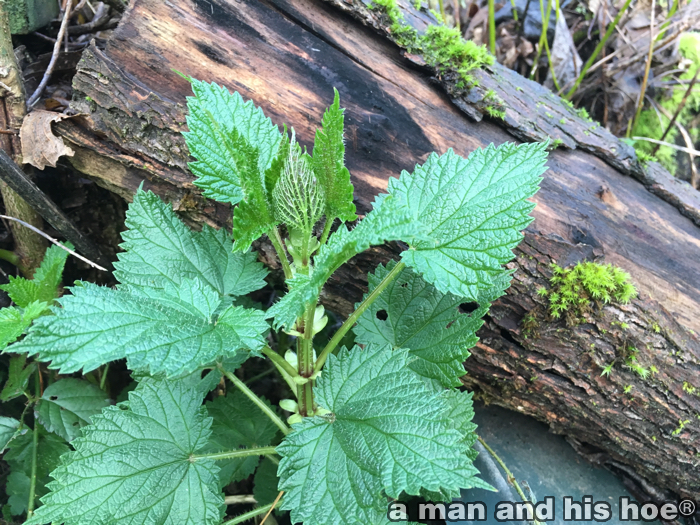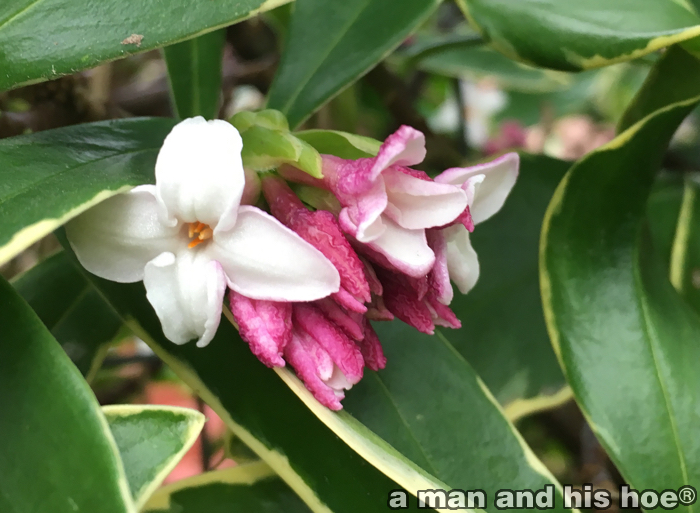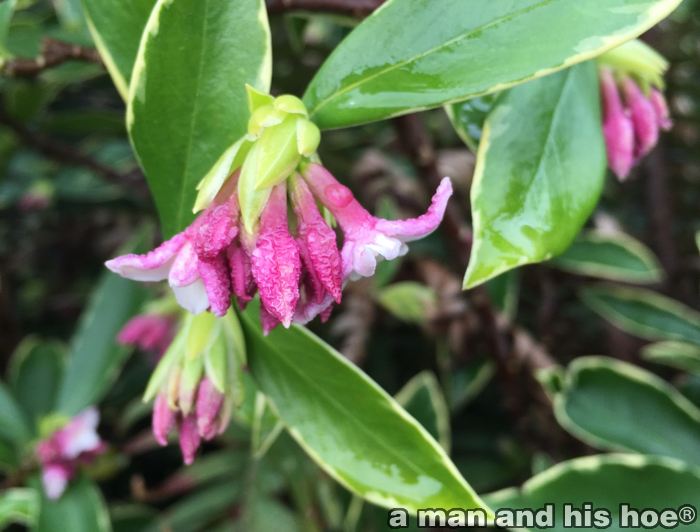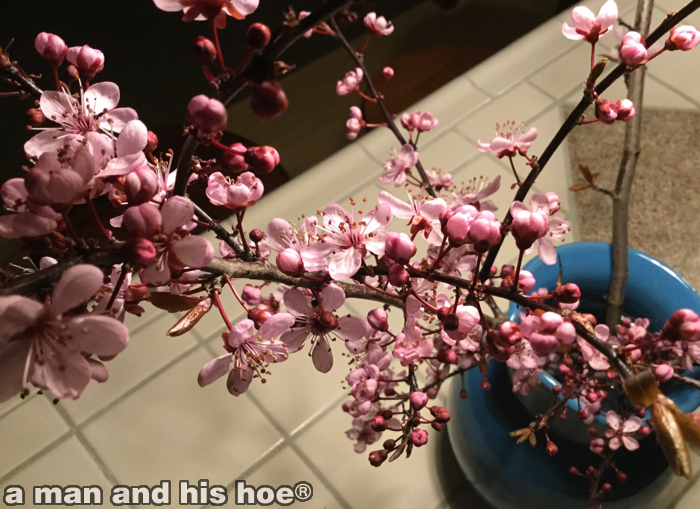
So many of the fruits we love to eat are so beautiful long before they become fruits. The plum branches we pruned bloomed when we brought them indoors. Soon they will be blooming outdoors too.
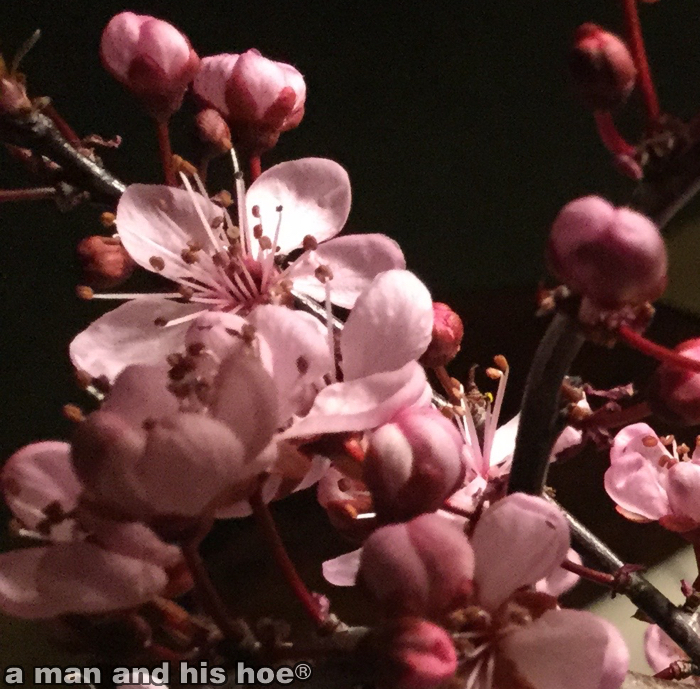
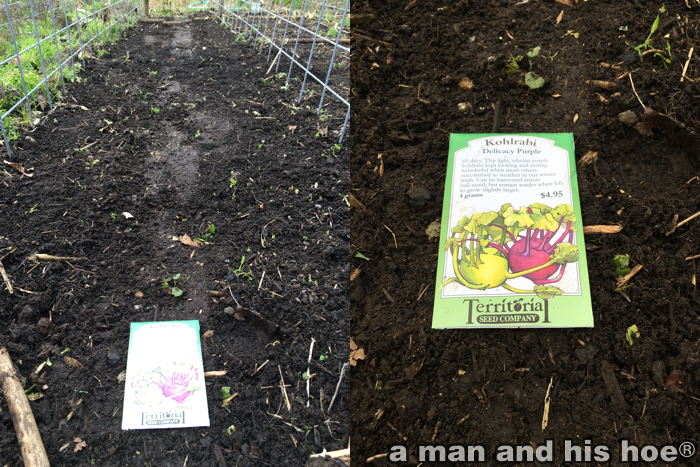
I’m pushing it, planting vegetables already. But in the garden I see the new leaves of last year’s vegetables which seeded: baby leaves of ruby streaks and kale poking out of the ground. If those seeds are sprouting, with luck the rows of kohlrabi I planted this afternoon will sprout too.
The earth is alive with worms, bugs, and tiny winged things. Under the microscope this afternoon I saw a million creatures in a drop of soil: bacteria, fungi, amoebae, and nematodes. I’ve got to figure out how to hover over the delicate soil so I can weed and plant without compressing it. It is so full of life, that I take one step and a million creatures gasp under the weight of my foot, “I can’t breathe! I can’t breathe!” Helium wings? Zip lines strung a few feet above the earth so I can fly over it without putting any weight on the soft earth? Tilling is madness when your soil is alive. The earthworms, and bugs, and fungi, and bacteria, and nematodes, and micro arthropods fluff the soil with all their burrowing and scurrying about and chasing after each other, that the soil is airier and lighter than any tilling could possibly accomplish.
